How to Invest for Retirement
.jpg)
If you are planning for retirement, one thing you may have heard is to start saving early to create a significant retirement corpus for your future. Having a strong financial backup is critical to a happy post-retirement life. But how do you start saving for retirement? There are several retirement investment options available to you that picking the right one for your financial needs can be confusing. Moreover, retirement life can have hurdles, like income eligibility for retirement tax accounts, tax implications, withdrawal restrictions, and more.
Over the years, retirement planning has significantly altered. Even though it looks similar from the surface, its details and intricate aspects have changed drastically. For instance, life expectancy figures in the U.S. have increased, implying a possible retirement span of 20 years against 14 previously. This, in turn, implies that you need to save a much higher sum for retirement than earlier generations. Moreover, the steeply rising inflation is another aspect making retirement planning complicated nowadays. In February 2022, inflation in the country was at 7.9%, a 40-year record high. Financial experts estimate that at the given inflation rate, a person earning $40,000 annually in pension will lose at least 25% of this value (in real dollars) within three years. If inflation keeps rising because of macro-economic events or pandemic situations, like the COVID-19, the loss of retirement corpus in real dollar terms could be much worse than the present.
You can offset the impact of inflation and create the required financial reserve for your future by choosing the best investments in retirement. Your asset choice, portfolio composition, account selection, and more directly influence your retirement savings. For instance, you might be saving a sufficient sum each month but in a non-tax advantaged account. This means the returns you earn on your money can be taxable at withdrawal. Alternatively, you can invest in one of the tax-advantaged retirement accounts, like a 401(k), an IRA (Individual Retirement Account), Roth IRA, etc., and earn significantly high returns while also saving on taxes in the long run.
Your retirement investments need to be thoughtfully placed in avenues that match your risk tolerance and give you the desired returns while keeping your tax bill minimum. The types of investments you choose to invest in depend on your financial risk appetite, age, standard of living, and desired earnings. If you require help in creating a retirement investment strategy or select the right investments based on your risk tolerance and future goals and needs, do consult with a professional financial advisor who can guide you on the same.
Here are some of best investments for retirees to consider for a secure retirement life:
1. Max out your tax-advantaged retirement accounts:
When investing for retirement, the first thing to understand is that all investment accounts are not equal. Online brokerage accounts might allow you to invest per your choice across options, but they can lack tax advantages. Investing through these accounts could increase your tax bills, owing to high capital gains. Alternatively, tax-advantaged retirement accounts, like a 401(k), IRA, Roth IRA, etc., might not offer as much investment flexibility or asset choices, but their tax benefits are hard to ignore. Traditional IRA and 401(k) allow you to invest pre-tax dollars and earn tax-free growth over time. You only pay taxes on the earnings when you withdraw funds in retirement (a period when your tax rate is possibly lower than the present). In contrast, Roth versions of the IRA and 401(k) accounts, namely Roth IRA and Roth 401(k), allow you to invest after-tax dollars, earn tax-free returns, and take tax-free withdrawals during retirement. You can invest in Roth accounts if you estimate that your future tax bracket might be higher. However, if you think your retirement tax rate will be lower than the present, you can opt for a traditional IRA and 401(K). You also have an option to convert your traditional retirement accounts to their Roth versions, provided you fulfill some conditions. 401(k) and IRAs (traditional and Roth versions) have annual contribution limits. If you contribute to a 401(k) in 2022, you can contribute up to $20,500 if you are less than 50 years old. If you are above 50, you can contribute up to $27,500. For a Roth IRA and IRA, you can contribute up to $6,000 if you are 50 years or younger. If you are above 50 years, you can contribute up to $7,000. This is the blanket limit for all IRAs in your name. However, to contribute to an IRA or a Roth IRA, you must also meet the income eligibility limits. You can check the IRS website to find details about the income eligibility restrictions regarding an IRA and Roth IRA. Aim to qualify for all tax-advantaged retirement accounts and maximize your annual contributions so that you get tax-free growth and tax-free returns in the future.
2. Align your asset allocation with your risk tolerance:
Your investment portfolio comprises different assets, such as stocks, bonds, cash, and cash equivalents, etc. Each asset class has its risk and returns levels. For instance, stocks are considered much riskier than other asset classes, but stock investments also have the potential to generate the highest returns in the long term. When you invest in retirement, your asset allocation depends on your risk tolerance, life stage, and financial expectations. Some financial experts recommend using the ‘100 minus age’ rule to decide your asset allocation for stocks. If you are 30 years old, you could invest 70% (100-30) of your retirement corpus in stocks and balance the remainder 30% with other assets like bonds, cash, and cash equivalents. If you are 60, you can invest 40% in stocks and the rest in bonds, etc. Stocks are riskier, and hence, retirement planners are advised to keep their stock exposure to a minimum possible. If you want a simple asset allocation model, you can choose alternate assets like exchange-traded funds (ETFs) and mutual funds. ETFs and mutual funds contain a combination of securities, giving you optimum diversification, attractive returns, and manageable risk. ETFs generally track an underlying index like an S&P 500, etc.
As you age, you need to rebalance your portfolio to accommodate your changing risk tolerance. As you get closer to retirement, your investment portfolio will become more conservative than aggressive.
3. Choose target-date funds:
Target-date funds are like mutual funds and ETFs and hold a mix of stocks, bonds, and other investments, but they have a fixed time frame. These funds allow your assets to grow for a specific period. Over time, these funds gradually shift your asset allocation according to the fund investment strategy. These funds work best for you if you already have a possible retirement date in mind. For instance, if you plan to retire in 2030, you can find several target-date funds in the market titled “Portfolio 2030”, “Retirement Fund 2030”, etc. These funds are specifically designed for retirees who plan to retire in or near 2030. The time period is important in these funds because the composition of these funds automatically changes such that it becomes more conservative as you approach retirement. You can also invest in target-date funds through your 401(k) plans. These plans offer default access to target-date funds. However, when investing for retirement, consider the fees and if the fund composition is right for you from a long-term perspective.
4. Choose dividend-paying stocks for retirement stability:
If you want a steady, fixed income for retirement years, you can invest in dividend-paying stocks. These companies pay out regular dividends to their investors. These are usually well-established firms with a track record of distributing dividends to their shareholders. Dividends can be in the form of shares, cash, or cash equivalent. Dividend-paying stocks are a suitable investment for the future if you have moderate risk tolerance. These stocks offer predictable retirement income along with capital appreciation over time because of the increase in stock price. Dividend-paying stocks are ideal for financial retirement income stability or to build wealth by reinvesting dividend payments.
SPONSORED WISERADVISOR
5. Consider real estate investments:
When people think of how to invest for retirement or where to invest for retirement, they often neglect real estate holdings and keep their focus on traditional assets like stocks, bonds, cash, etc. However, real estate can be one of the best investments in retirement. If you can manage to invest in real estate, it can be a considerably profitable investment approach. Real estate provides consistent income regardless of market performance. It is a secure asset but demands high monitoring and management. Further, it also requires in-depth knowledge and hefty capital investment. If you have the capital and good knowledge resources, you can buy a real estate property and put it up for rent to get a fixed retirement income. However, be mindful of the mortgage, maintenance, repairs, and damages. You can manage these nuances by hiring a management company, but this will reduce your overall returns. Alternatively, if you want high returns from real estate without any associated hassles, you can choose to invest in REITs (Real-estate investment trusts). REITs are a low-risk investment option compared to rental real estate. By investing in REITs, you are exposed to companies that own or mortgage commercial real estate, such as shopping malls, warehouses, apartments, retail centers, etc. They function like mutual funds to give out a stable income to investors. These companies handle buying, renting, managing, collecting rent, etc. However, they charge a fee for their services but give you hassle-free income stability in retirement. You can invest in REITs through an ETF or mutual fund. REITs have a low correlation with stocks, bonds, and other marketable securities. Hence, they are one of the best retirement investments.
6. Pick retirement annuities:
Annuities are retirement contracts that offer regular, long-term income payments. Annuities give financial safety and security during retirement by offering a stable income. There are different annuities available in the market. You can choose immediate annuities that instantly start generating income per your desired frequency – monthly, quarterly, monthly, or annually. You pay a lump sum to the insurance company, which, in return, guarantees to pay you a fixed sum of money according to the preferred frequency. Immediate annuities are a good source of regular income during retirement. The return on immediate annuities is higher than cash deposits. Alternatively, you can opt for variable annuities with a lifetime income rider. A variable annuity with a lifetime rider adds stability to your retirement portfolio. Variable annuities generate high returns like equity investments but also expose you to market risk. Apart from these, you can also invest in deferred annuities, where you pay the insurance company in the present to get income during the future non-working years. You can choose an annuity depending on your retirement income needs. However, it is not advisable to invest too heavily in annuities since they offer mediocre returns unless you choose variable annuities. If you want to invest in annuities, you can also consider the index annuities that help you hedge against the steeply rising inflation. Indexed annuities are a combination of fixed and variable annuities that offer a minimum guaranteed payment along with an interest rate linked to the market performance of an index, hence the name – indexed annuities.
7. Consider QLACs – the new medium for retirement security:
If you want to take up a secure investment for retirement, you can also think of QLAC. QLAC is a qualified longevity annuity contract where you can get regular income payments in the later stages of your life. Generally, you have to start taking withdrawals from your retirement accounts by age 72. These compulsory drawings are also known as RMDs (Required Minimum Distributions), which, if not taken in full, can lead to a penalty. With QLAC, you can extend your RMD’s age to 85 years. This means you can keep your retirement investments safe for a long period while also deferring your tax liability. Alternatively, low retirement income means you also pay low premiums for your Medicare plans (government-sponsored health covers for retirees). However, you can only use a specific amount to buy a QLAC. For 2022, you can use $145,000 to buy a QLAC that pays out indefinitely. QLACs are beneficial because they offer income certainty, but they can also be risky if you do not live long enough to see all your retirement money being used. By buying a QLAC, you lock yourself out of a certain portion of your retirement funds that you cannot use. Even though this gives you guaranteed payments, the deferment period might be much longer than you anticipate living.
To conclude
Retirement investment is not a one-time task. It requires knowledge, time, and effort. Moreover, it can be slightly complicated to find the best investment avenues for retirees to ensure the portfolio you create aligns with your risk tolerance, life stage, and financial preferences at all times. Moreover, some retirement investment avenues can require hands-on expertise and experience to ensure you are making the right decision.
Since you are investing your hard-earned money, risking your funds might not be the perfect way to go. If you want to find the right investments for retirement, you can consider consulting a professional financial advisor. These advisors know where to invest to secure your retirement and have years of experience and expertise to support you in creating a foolproof investment portfolio structured to your individual needs.
If you want to hire a professional financial advisor who can advise you on the best investments to invest in to boost your retirement savings, use the free advisor match service and get matched with 1-3 vetted financial advisors that can help you with your unique financial needs and goals.








.jpg)







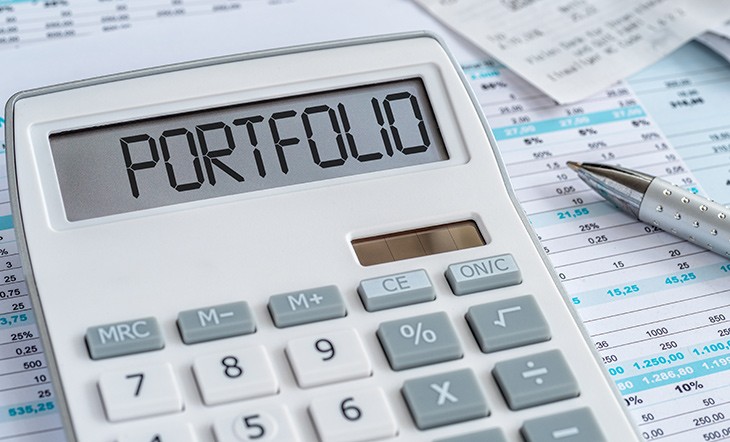




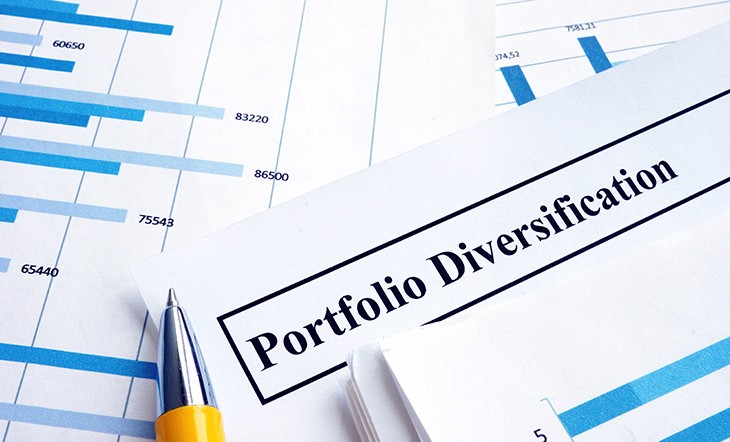
.jpg)
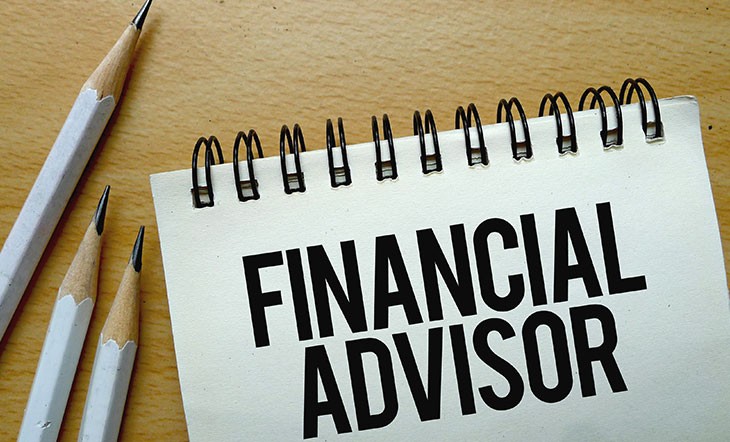




.jpg)


.jpg)


.jpg)

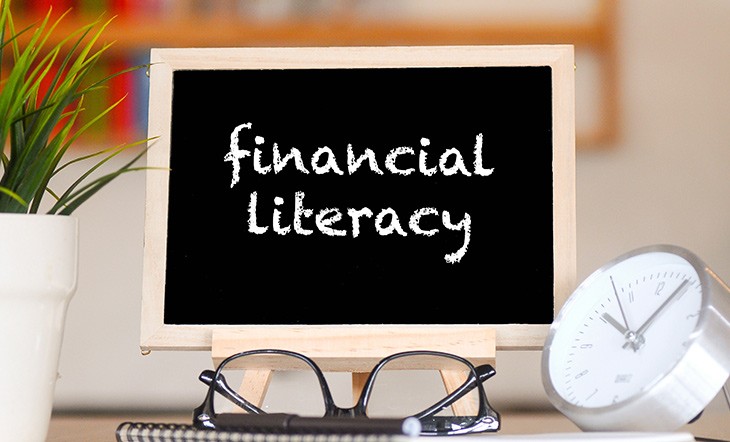












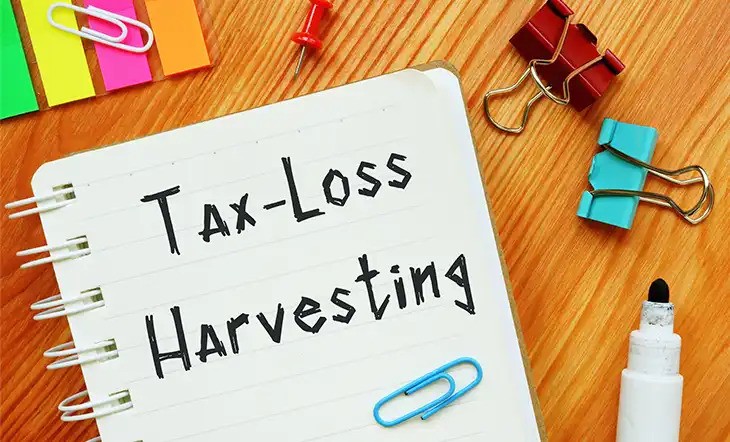
.jpg)





.jpg)






.jpg)






.jpg)

.jpg)






.jpg)




.jpg)

.jpg)


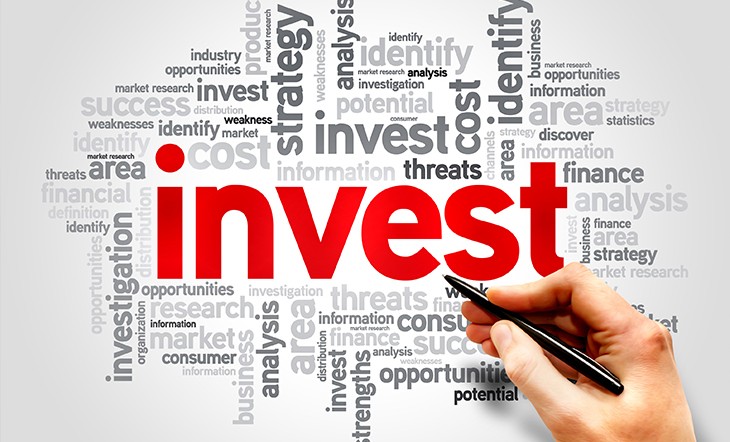
.jpg)
.jpg)





.jpg)
.png)
.jpg)




.jpg)

.jpg)

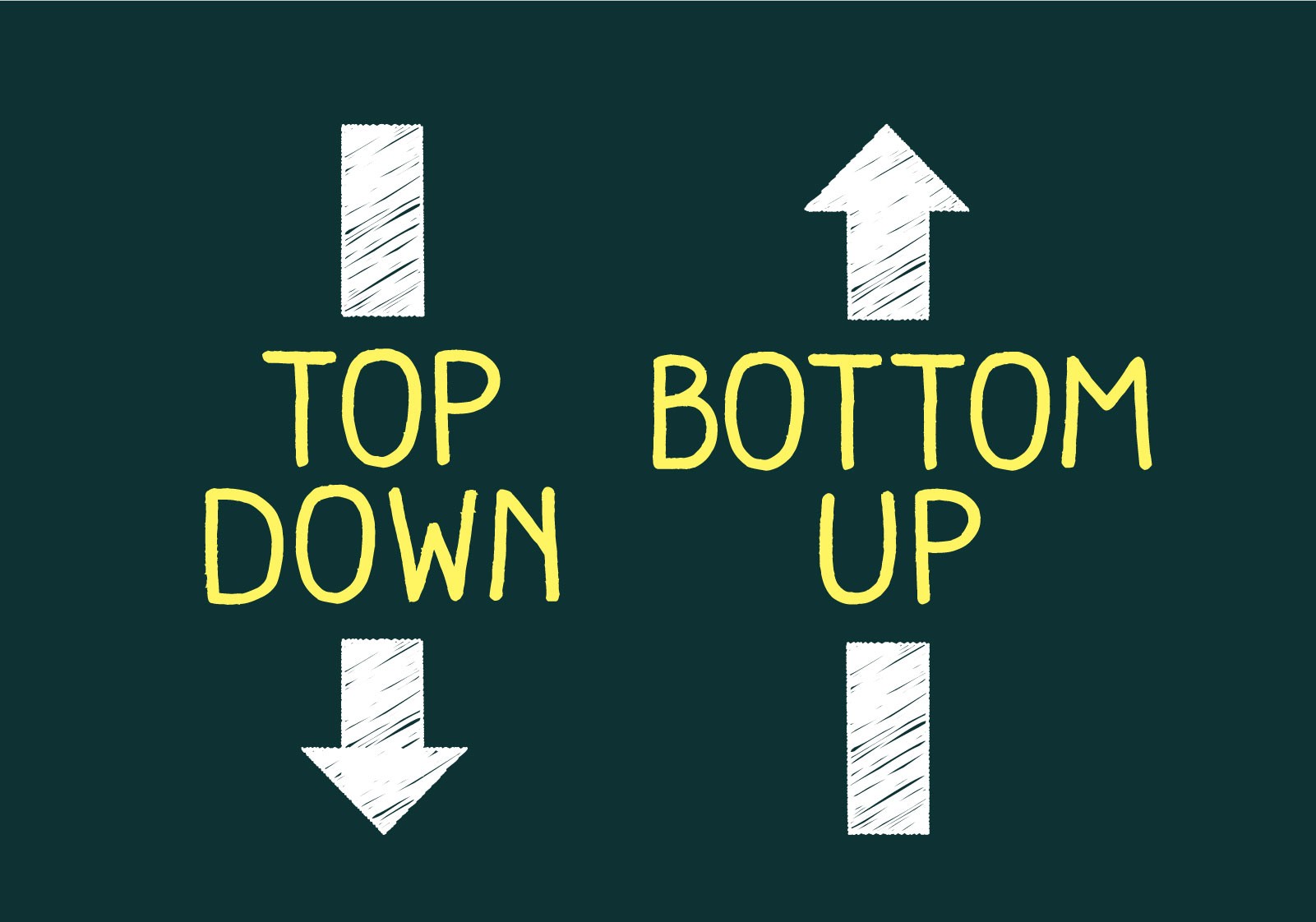
.jpg)


.jpg)

.jpg)

.jpg)
.jpg)
.jpg)

.jpg)

.jpg)




.jpg)


.jpg)

.jpg)


.jpg)
.jpg)
.jpg)
.jpg)
.jpg)

.jpg)




.jpg)
.jpg)


.jpg)
.jpg)
.jpg)
.jpg)

.jpg)
.jpg)











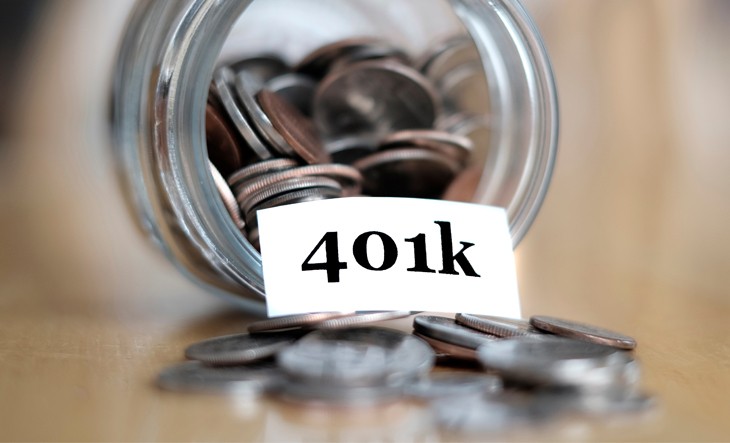



.jpg)

.jpg)


.jpg)



.jpg)












.jpg)



